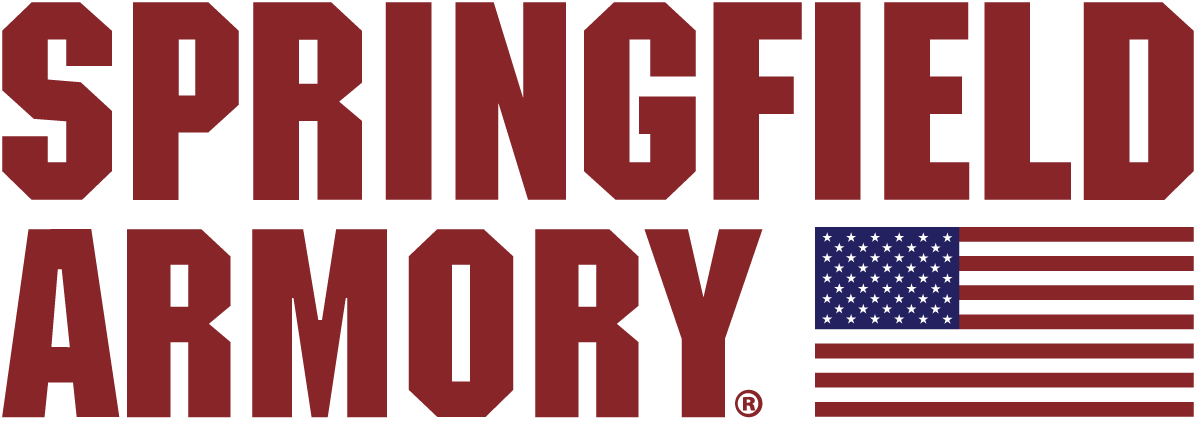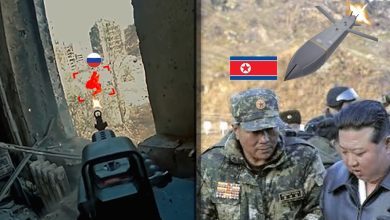Will Myopia Kill You in a Deadly Force Confrontation?

You find yourself alone and sense that someone is watching you. You look around, but can’t identify an immediate threat. But still, your senses are telling you that something is “off.” You try to stay alert while continuing on your way. You have your EDC, and you have trained to use it — if you must. But there is one thing that might just undermine all that training and effort. Are you prepared to defend yourself if you face an unavoidable threat? Is there one very important thing you might have overlooked?
Myopia, also known as nearsightedness, effects more than 40 percent of the people in the U.S. Those who are nearsighted can see near objects clear, but far objects are fuzzy. You might have myopia if highway signs look fuzzy when you are driving. Or, when aiming a pistol, the front sight appears blurry.
Myopia does not have to be a big deal. It can easily be corrected with contact lenses, eyeglasses or surgery. But think about this: If you conceal carry, is that deadly antagonist going to give you a minute to fish out your glasses from your pocket? Will you have time in the middle of the night to put them on so you can see your front sight before you aim your pistol? Probably not.
Why Myopia Can Get You Killed
When we aim a pistol equipped with open sights, our eyes must focus on three separate planes: the rear sight, the front sight and the target. It’s a complicated process and, though our brain wants that perfect sight picture prior to pressing the trigger, we all know that it doesn’t work that way.
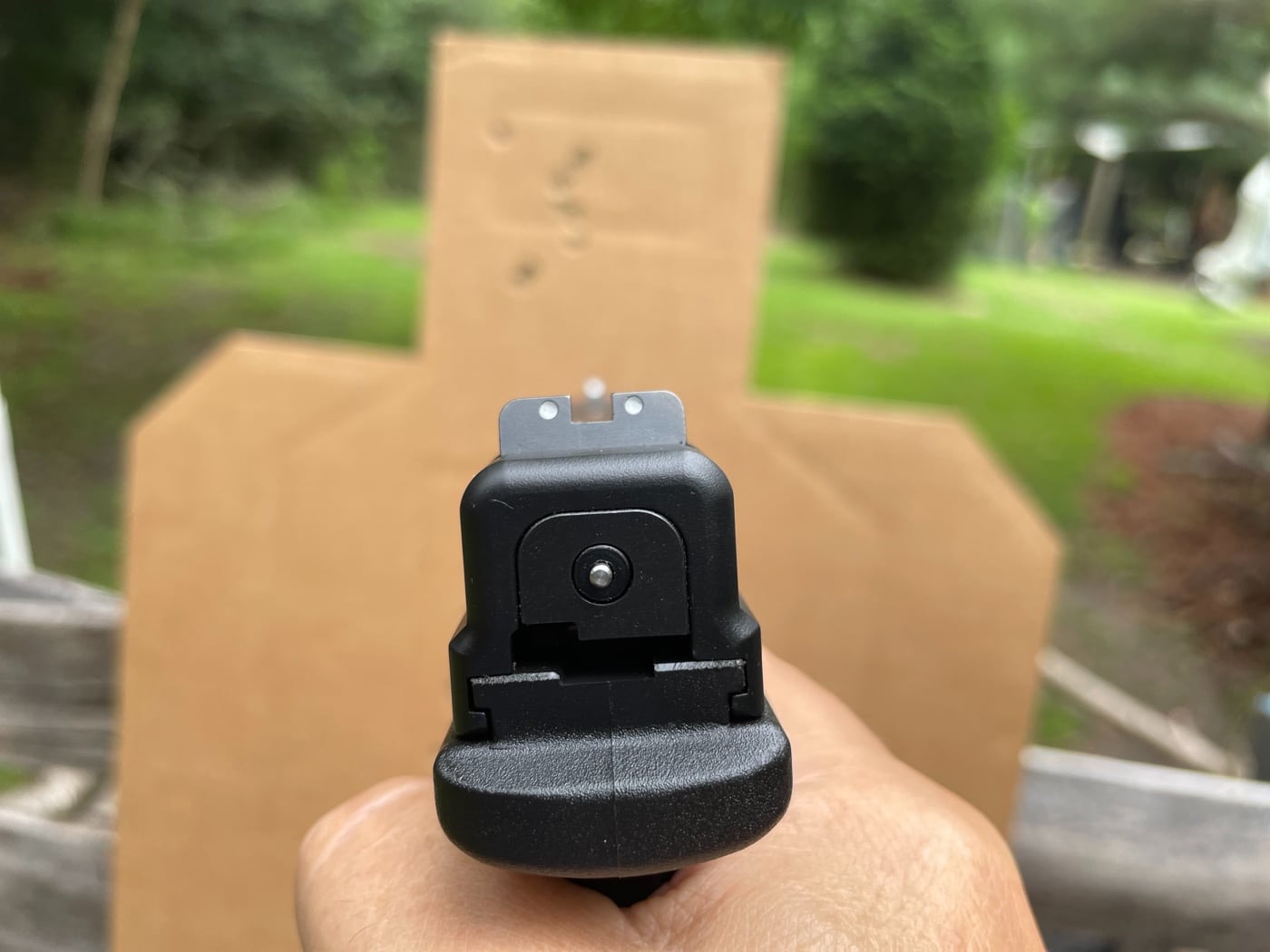
At best, we can keep the front sight in focus with the rear sight and the target a bit fuzzy. It’s not perfect, but it reaps results measured in hits to center of mass on the target or more surgical shots to a bullseye.
For those of us that are nearsighted, however, we see both fuzzy sights and a fuzzy target. At 3 to 7 yards, that should not be a problem. Increase the distance, you start squinting and you’ll Magoo the shot for sure.
How to Overcome Nearsightedness When Shooting
There are simple ways to fix nearsightedness when shooting. Reading glasses can offer better focus on the front sight, and that works when training and plinking at the range. In real life, meaning when you conceal carry, you might want to reconsider the sights on your pistol. A change to your pistol’s sighting system might just be your best option.
Better Handgun Sight Options
There are few characteristics of pistol sights that make them more useful and easier to use for anyone who shoots. Large sights are the ticket. A thick front sight is easier to pick up when aiming, especially when paired with the right rear sight. The rear sight notch should allow enough daylight to be seen on either side of the front sight when they are aligned. The Hellcat’s U-Dot sights are a great example of this type of system.
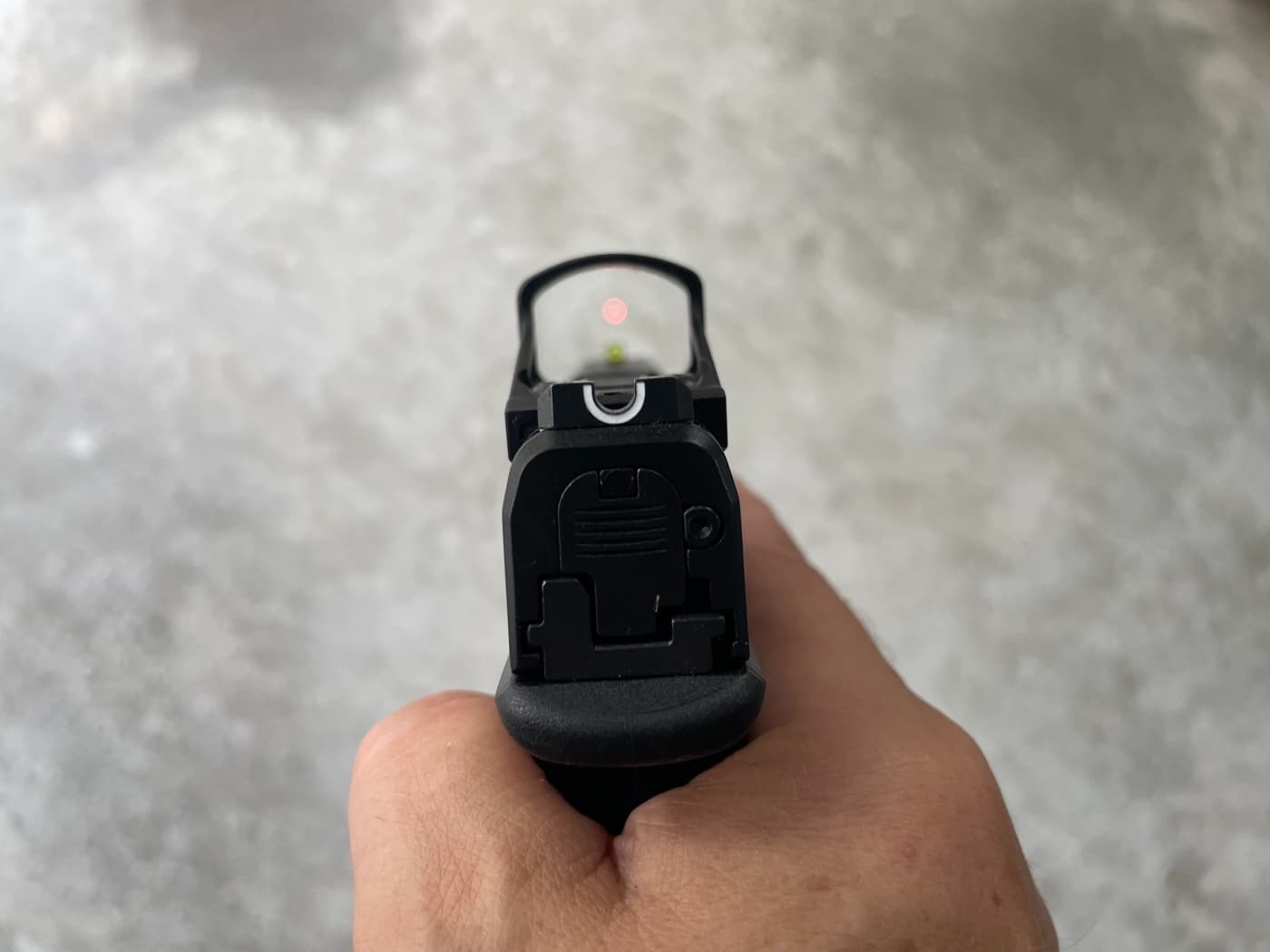
Sights that offer contrast are another important characteristic. Three-dot combat sights are retro, but they work. That’s why many pistol manufacturers still equip pistols with a white dot on the front sight post and two dots on the rear. Connect the dots in the horizontal and fire. Pistols like the XD guns and the Springfield Garrison, Loaded and Springfield 1911 Mil-Spec pistols use this tried and true three-dot sighting system. Hey, if it ain’t broke, don’t fix.
Sights that pop even more are fiber optic sights. A fiber optic tube in a front sight absorbs light and comes in bright colors so it pops and contrasts on the target. XD-M Elite, Springfield Prodigy and Ronin 1911 pistols use a fiber optic tube front sight. My pals who admit they need reading glasses prefer a fiber optic front sight since it is easier to pick up when aiming.
Another good sight option is a tritium front sight. These front sights are bright in daylight and glow at night making no mistake where the front sight is when taking a shot. Springfield equips a number of their pistols — the U-Dot sights of the 1911 Emissary, Hellcat, Hellcat Pro to name a few — with a luminescent front sight fueled by tritium paired with a Tactical Rack u-shaped notch rear sight. Just drop the front dot in the u-shaped cup and you are good to go. There is a lot of contrast between the front dot sight and outlined rear sight, and alignment is fast. Larger sights are designed to be aligned fast and recover more quickly after recoil.
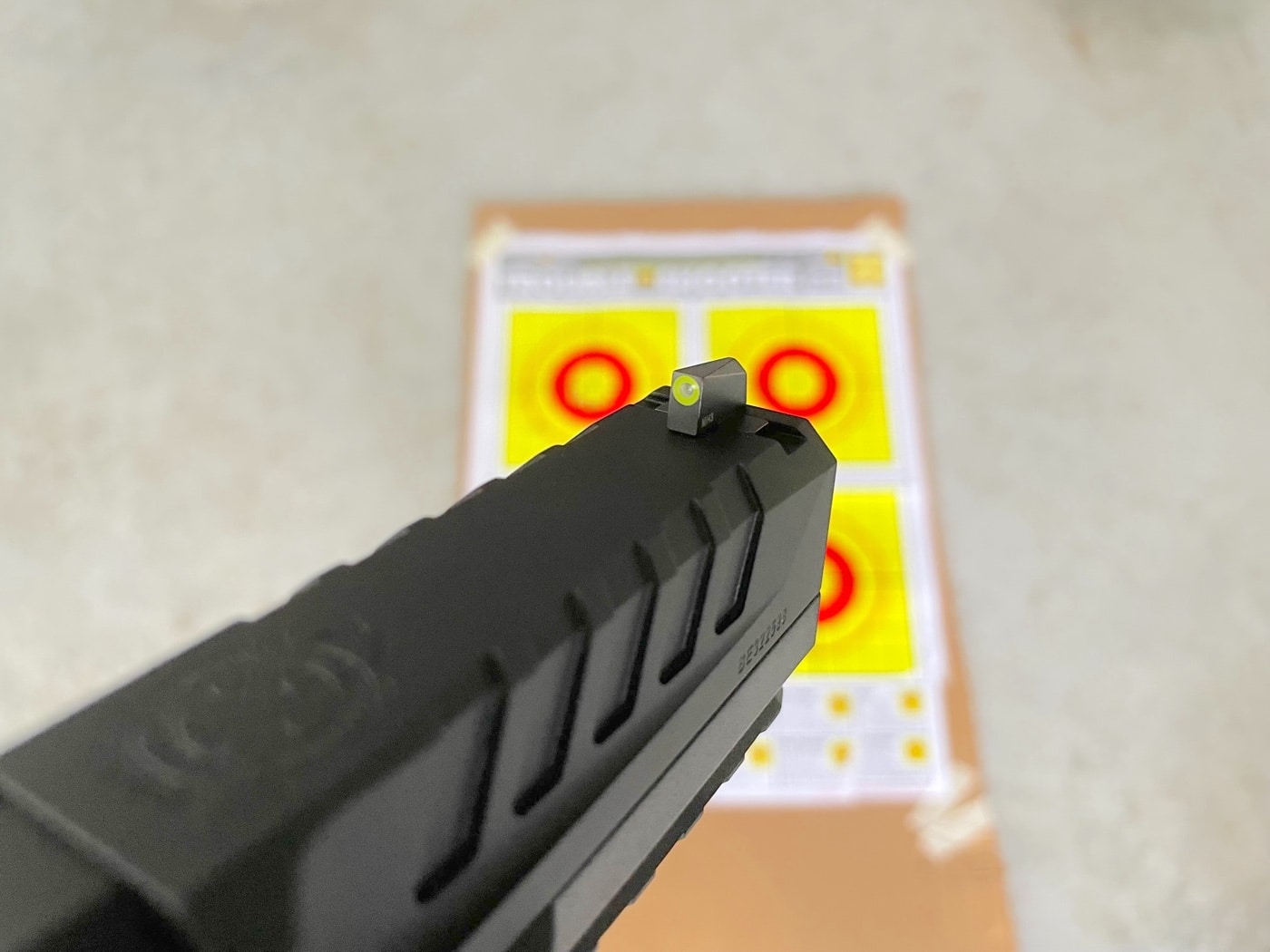
Aftermarket sights like those from Trijicon, XS Sights, Truglo and others offer a variety of sight styles for do-it-yourselfers. A favorite of mine for close-range work is XS Sights’ Big Dot, which has a large tritium front sight with high-contrast glow dot with a low-profile v-shaped rear that provides greater visibility of front sight. It uses a dot the “i” sight picture system that is very fast.
If iron sights still pose a struggle, then kick it up a notch and add a red dot optic. Red dots for concealed carry are common and red dot optics have become smaller and lighter. Their durability is not even a question.
Why Is a Red Dot Easier to Aim With?
With a red dot — or green dot — optic you can throw out all the alignment and in-focus/out-of-focus effort and just pay attention to a single dot. (Be sure to catch this article about red dot vs. green dot sights.) Find the dot in the optic, place it on the target and press the trigger. It’s that easy and simple. Most red dots are parallax-free, which means the dot doesn’t need to even be centered in the optic window.
[Don’t miss Massad Ayoob’s article on how to find the red dot on a pistol.]
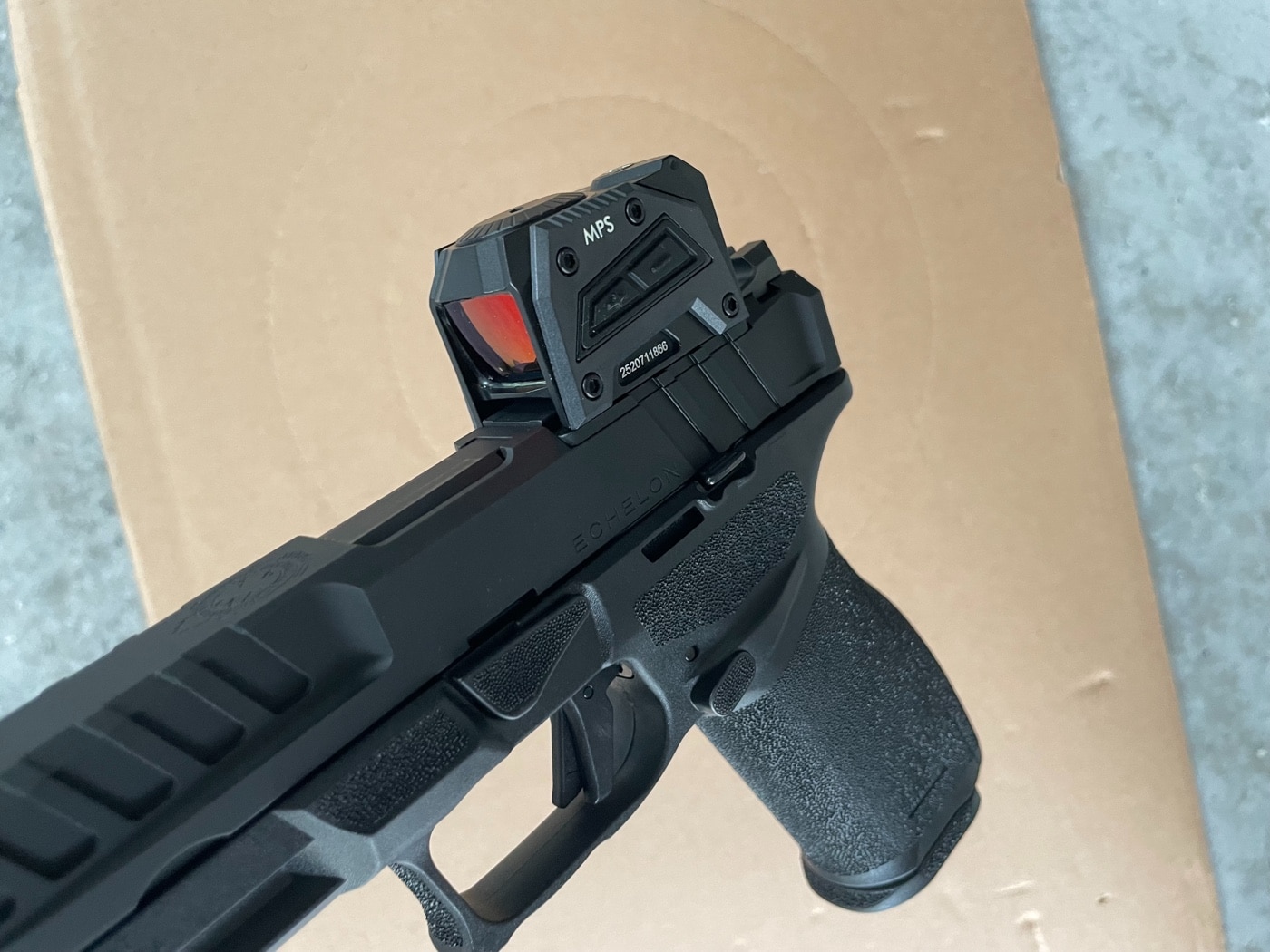
Springfield equips some Hellcat and Hellcat Pro variants with Shield SMSc red dot. The Shield offers a 4 MOA dot, which means the dot is fairly large, so it is easier to find and aim with at close range. It is also easier to get back on target for a follow-up shot.
My go-to red dot optic is a Trijicon RMR. I have used this sight on the AR-15 platform as well as semi-automatic handguns. It’s currently on my Echelon, and the pistol and optic work in unison extremely well. If you are in dirty environments, a closed-emitter red dot might be a good choice. Close-emitter red dots encase and protect the LED diode inside the sight. The Aimpoint ACRO and Steiner MPS are two excellent examples of closed-emitter red dot optics. The new Trijicon RCR is another great example.
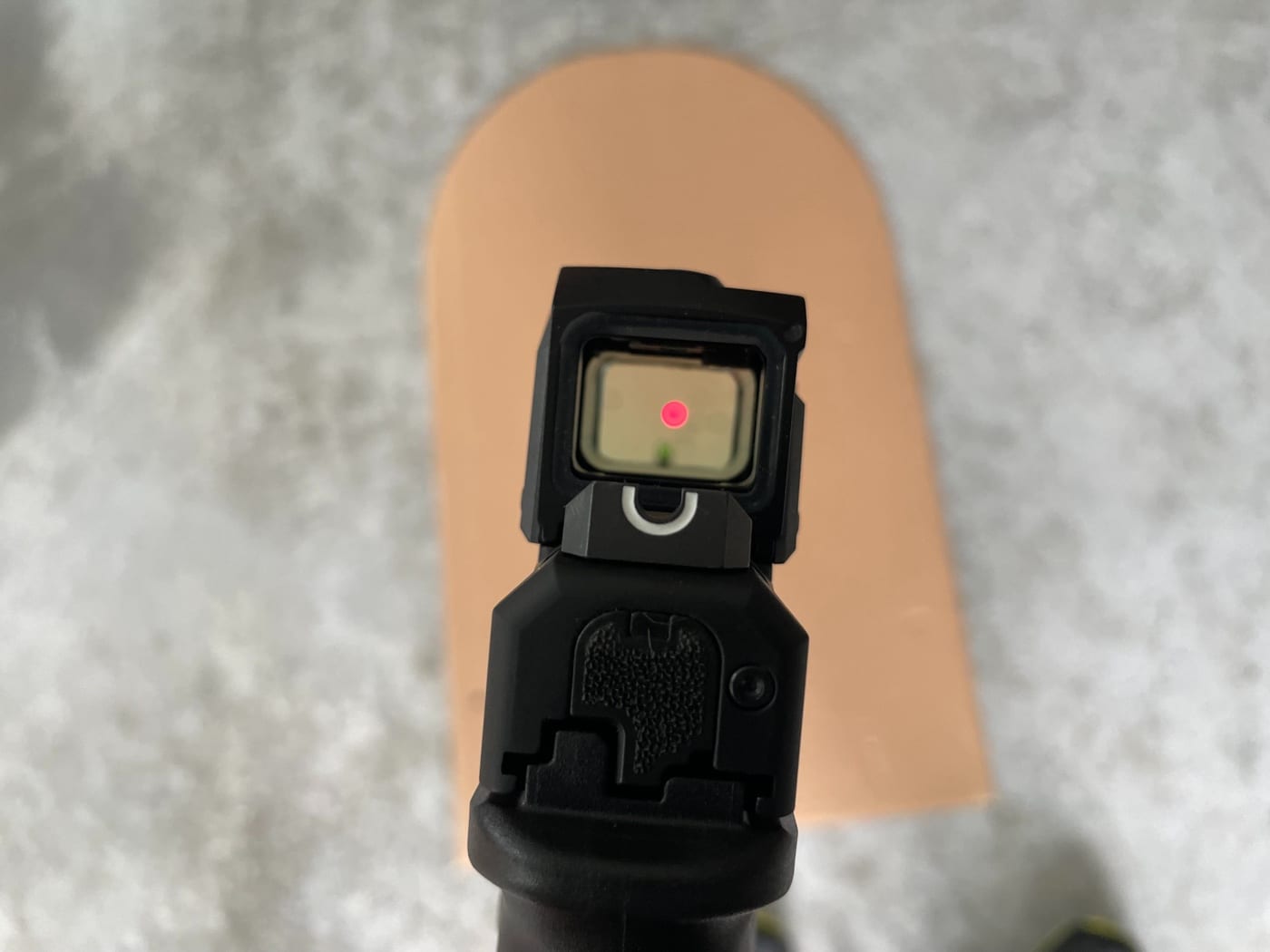
Battery life is always an issue when switching to a red dot optic, so be sure you schedule battery maintenance. Most current red dots, however, boast plenty of battery life. Battery life is another reason why you ideally will also have iron sights that co-witness in the event the optic’s battery gives up the ghost.
Conclusion
Looking at the small screen of your cell phone won’t help your nearsightedness, but equipping your handgun with more useful sights can mean the difference between hitting your target — or not. It could also mean the difference between life and death. You don’t want myopia to kill you.
Editor’s Note: Please be sure to check out The Armory Life Forum, where you can comment about our daily articles, as well as just talk guns and gear. Click the “Go To Forum Thread” link below to jump in and discuss this article and much more!
Join the Discussion
Featured in this article
Read the full article here


